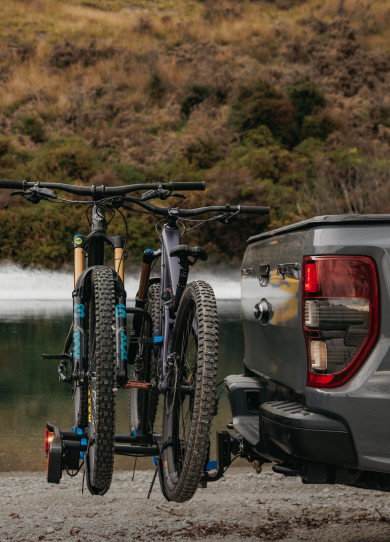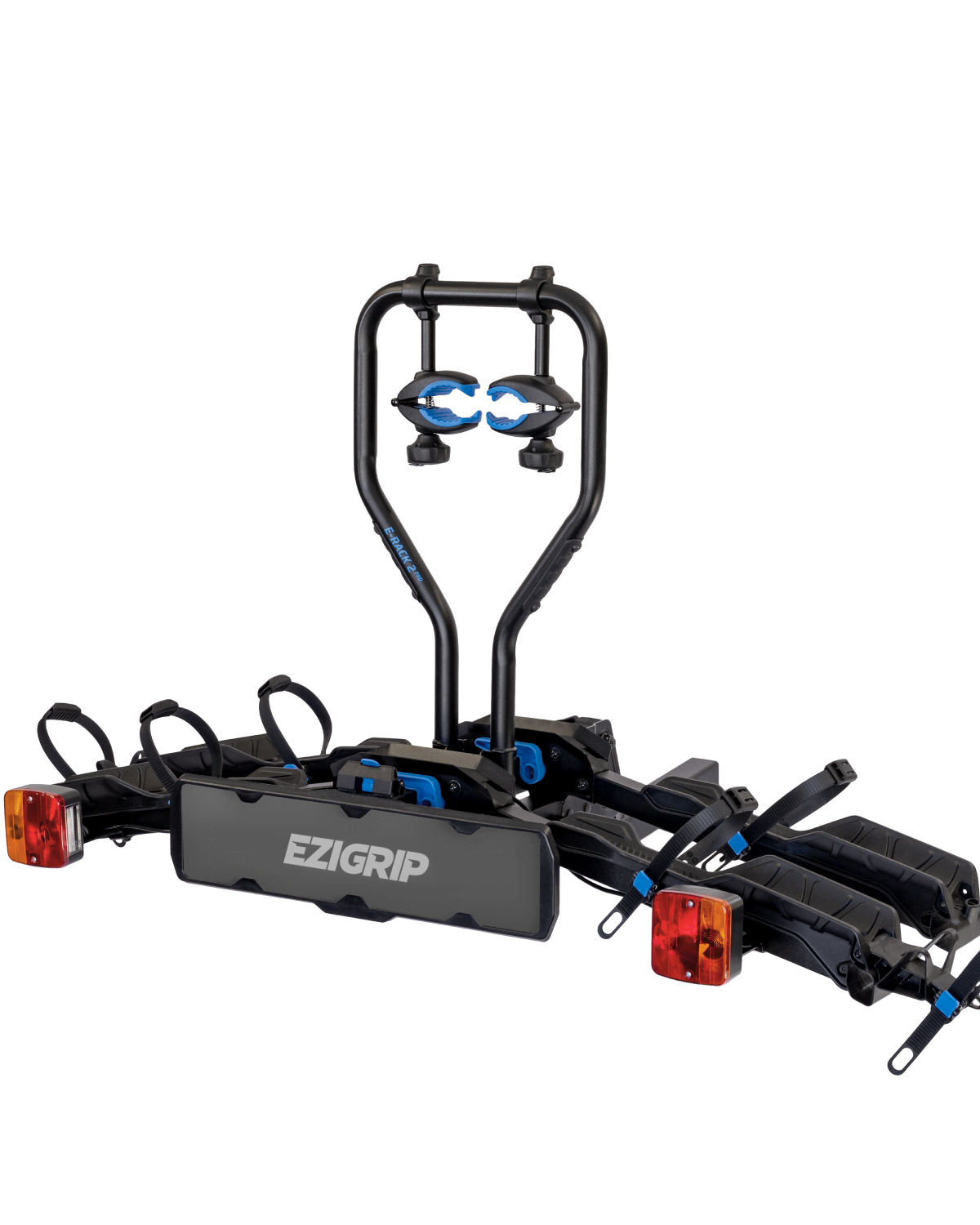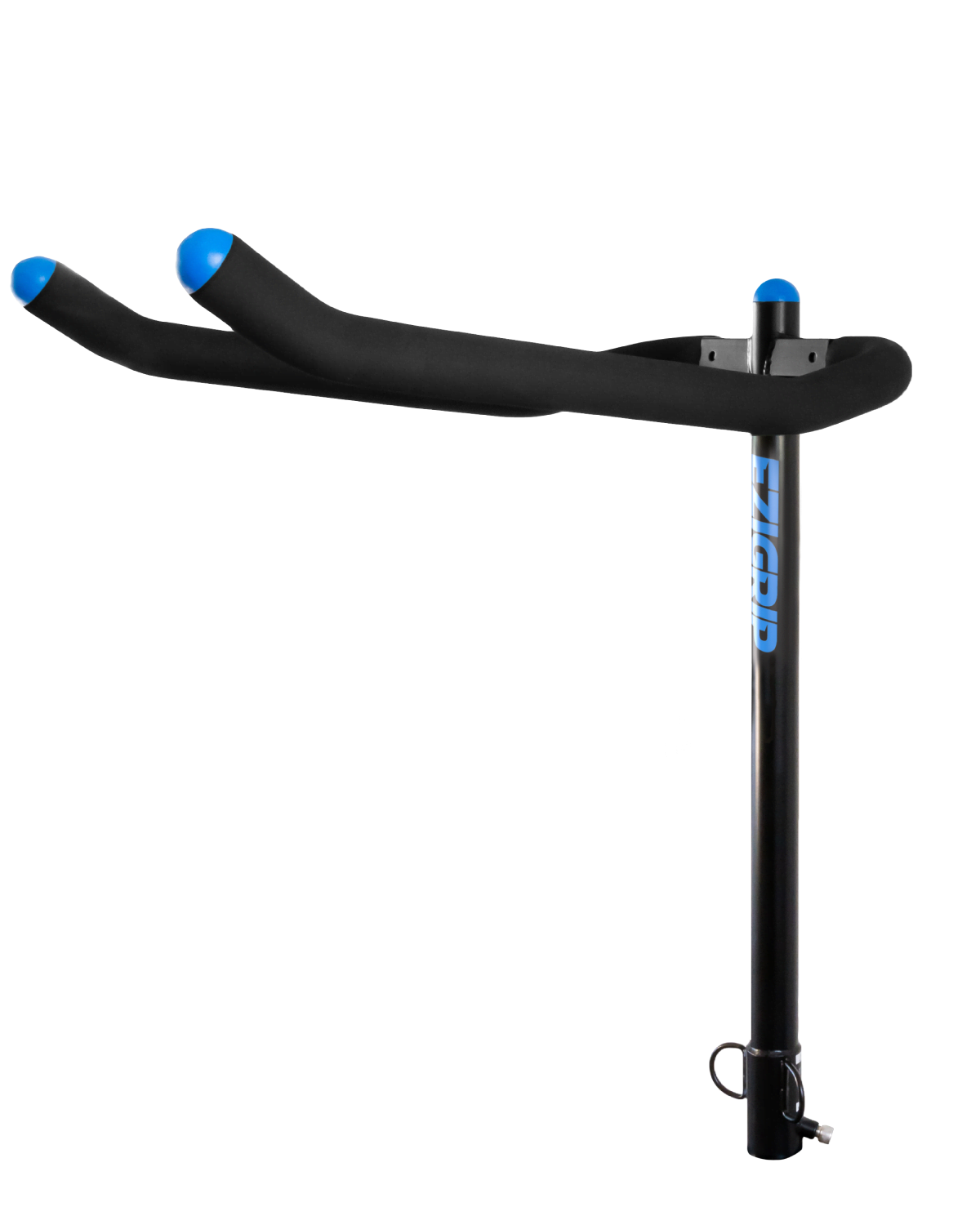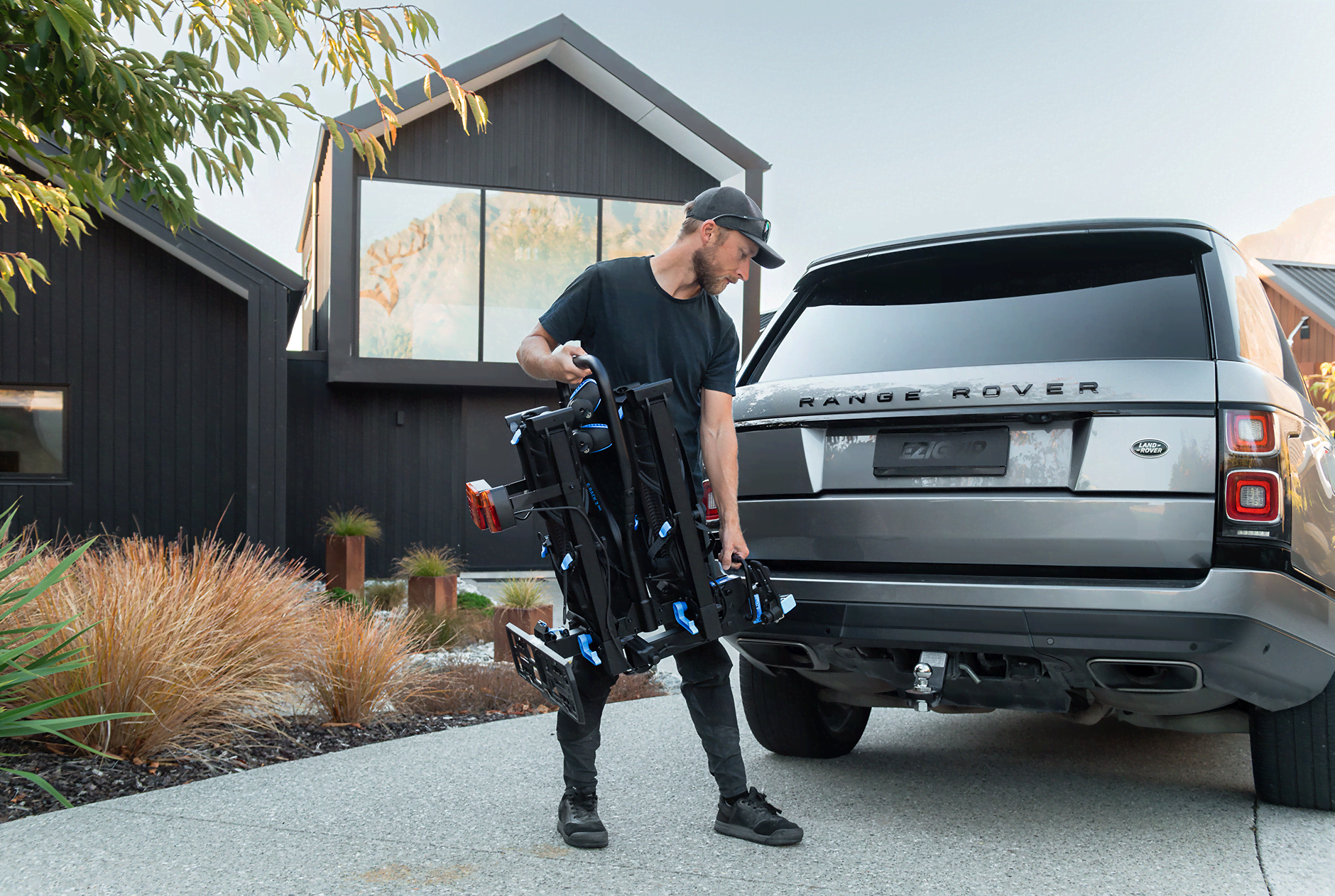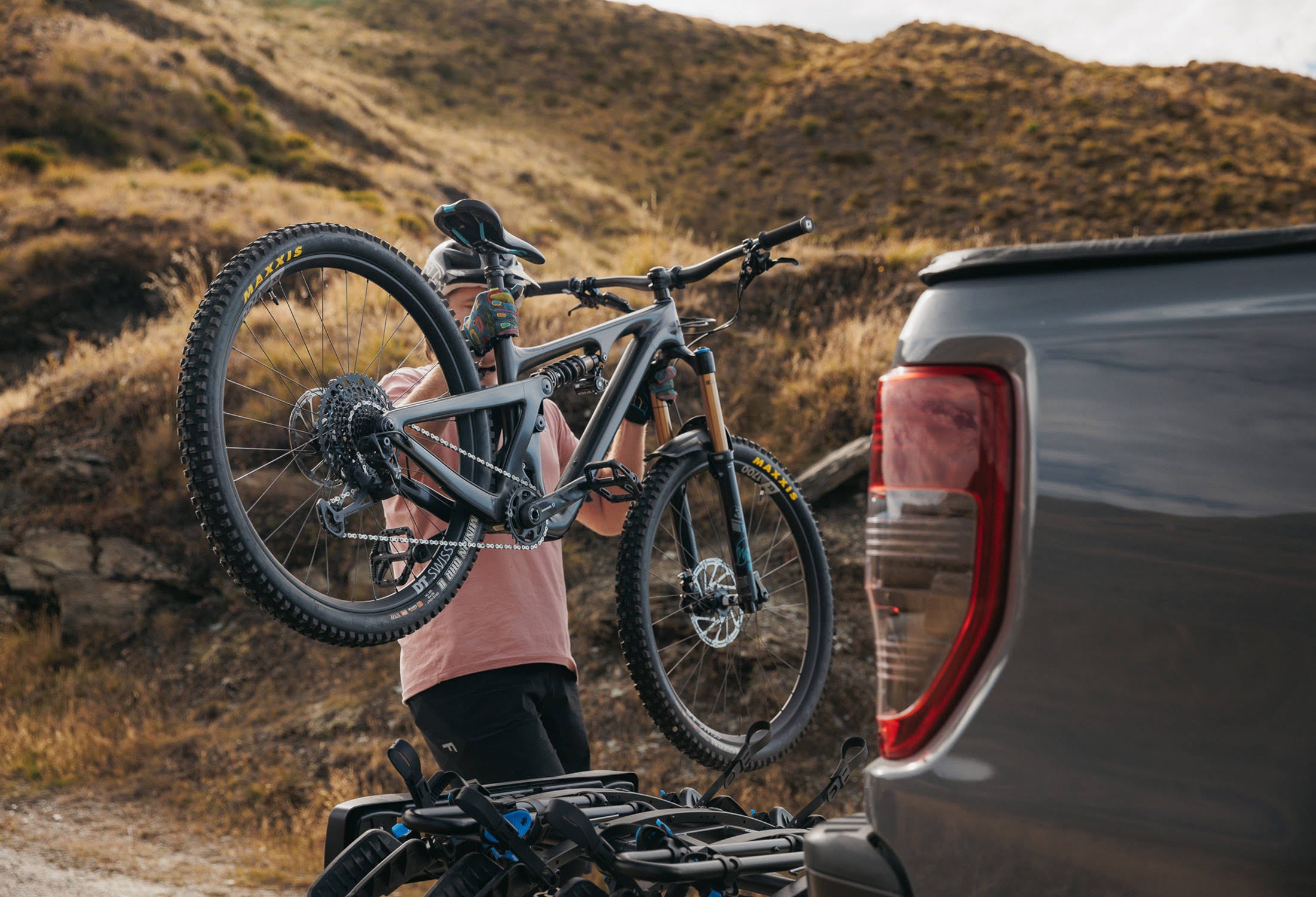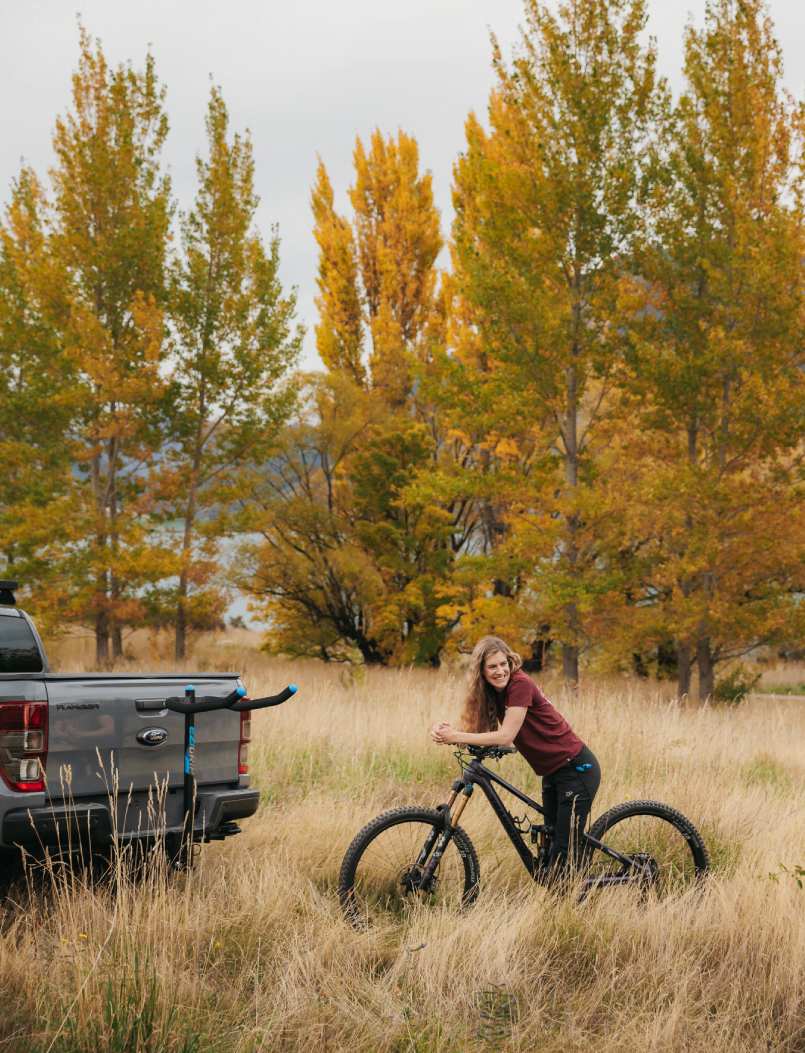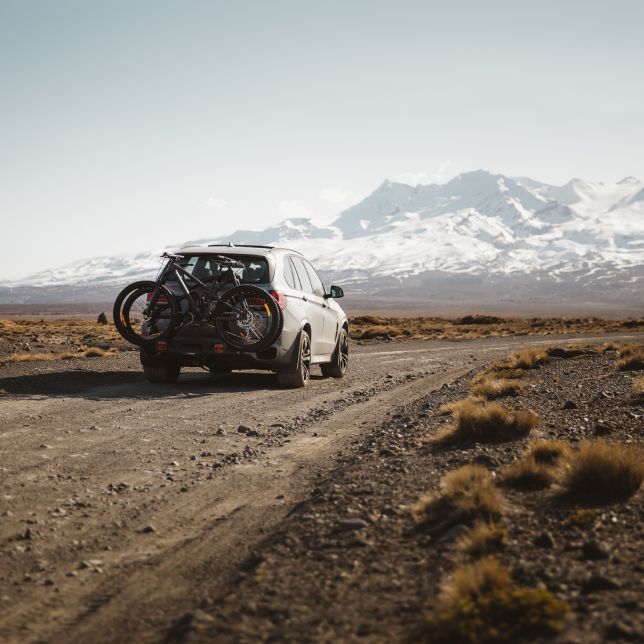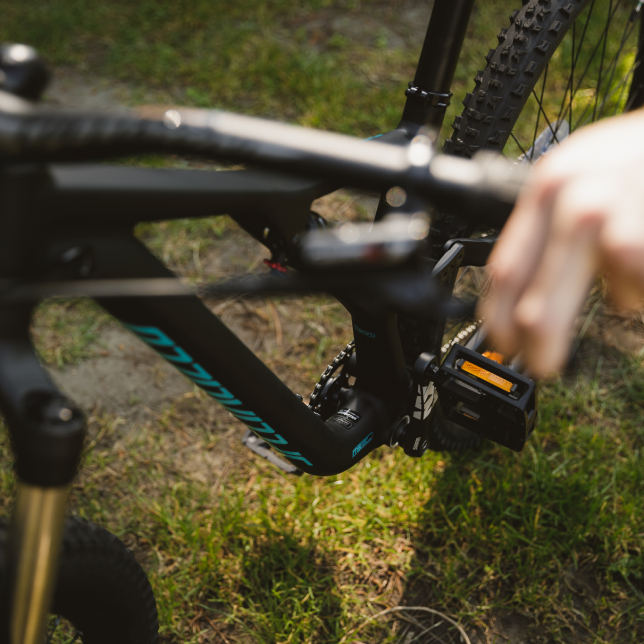
When people shop for bike racks, they often don’t ask themselves if their towbar is strong enough to support a bike rack. Since the tow bar is hidden beneath a bumper, you’d be forgiven for thinking that it’s as strong as the car itself. But towbars are manufactured in a variety of ways with varying quality and consistency. They are also built according to the vehicle’s capacity to tow (i.e engine power). All these variations contribute to strength in different ways. This is why some vehicles can tow a small trailer while others can tow a whopping big motorboat. It’s easy to assume that if it can tow such a big boat, it would surely be fine hauling a bike rack right? Sadly, it’s more complicated than that and we need to dust off our high school science lessons to explain.
It’s easy to assume that if it can tow such a big boat, it would surely be fine hauling a bike rack right?
Manufacturer Towbar Capacity
If you ask your tow bar manufacturer, they will usually tell you the tow bar’s strength capacity in terms of towing capacity; “with this tow bar you could haul a 3500 kg boat!”. Sometimes the manufacturers even go so far as to specify a tongue load, also known as a downforce. Other manufacturers simply estimate the tongue load by taking 10% of the towing capacity so if it has a 3500 kg towing capacity it would have a tongue load of 350 kg. What these two numbers mean is in the name, the towing capacity is the pulling strength of the tow bar while the tongue load is how much downwards force the tow bar can resist. The stark difference between the two capacities is because tow bars were designed for towing where the bulk of the weight of the towed load is supported by the road itself thanks to the trailer axle. Tow bars only need to support a small downwards force when towing a trailer. Bike racks are not like trailers – they have no axle resting on the ground. All the load of the bike rack is directly supported by the tow bar which is why the tongue load is so critical for bike racks.

Tongue Load & Bike Racks
So you might find yourself with a fancy Toyota Rav4 that has a towing capacity of 1500 kg and a tongue load of 150 kg. Surely with a 150 kg capacity you’re safe to carry several ebikes? Sadly no, and this is where it gets complicated. Bike racks by design must sit some way off the vehicle to give the bikes adequate clearance, which means greater leverage on the tow bar. The further the bikes sit from the vehicle, the greater the leverage. Now imagine you are travelling at speed and go over a speed bump – this compounds the load further and, depending on the speed and the speed bump, can increase the load by up to 5 times!
What does this mean for you?
Sadly tow bar manufacturers have not studied how bike racks change the strength capacity of their tow bars. It is a difficult problem for them as bike racks and bikes come in all different shapes and sizes which changes the leverage. Some well-meaning bike rack manufacturers have tried suggesting that the combined weight of the bikes and bike rack should be below 60% of the tongue load. Although it’s arbitrary, we too think this is a good safety measure and suggest doing the same.
Now let's consider an example and determine if the towbar is strong enough. Let's say Sam has a vehicle with a towing capacity of 2000 kg and there is no indication of a tongue load. Sam also has two ebikes, one weighing 25 kg and the second weighing 24 kg. Sam plans on using the Ezigrip E-Volve 2 which weighs 18 kg.
Tongue Load = 10% of 2000 kg = 200 kg
Safe tongue load for bike racks = 60% of 200 kg = 120 kg
Bike and bike rack load = 25 + 24 + 18 = 67 kg
As 67 kg < 120 kg THEN OK

So when it comes to choosing a bike rack, consider your tongue load, remember to include the weight of the rack, always place the heaviest bike closest to the vehicle and please, please, PLEASE don’t hit speed bumps at speed.
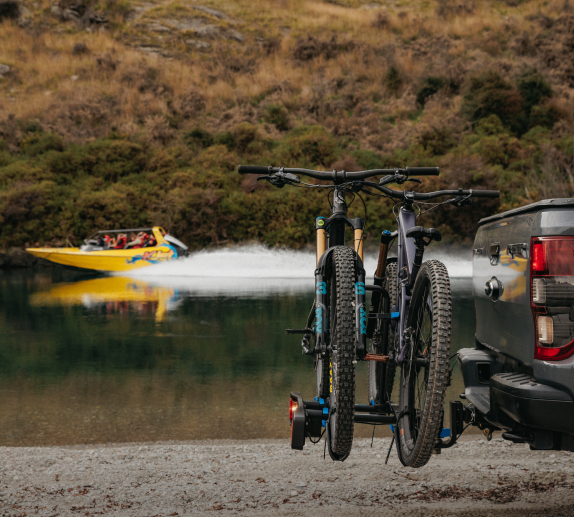
 >
>
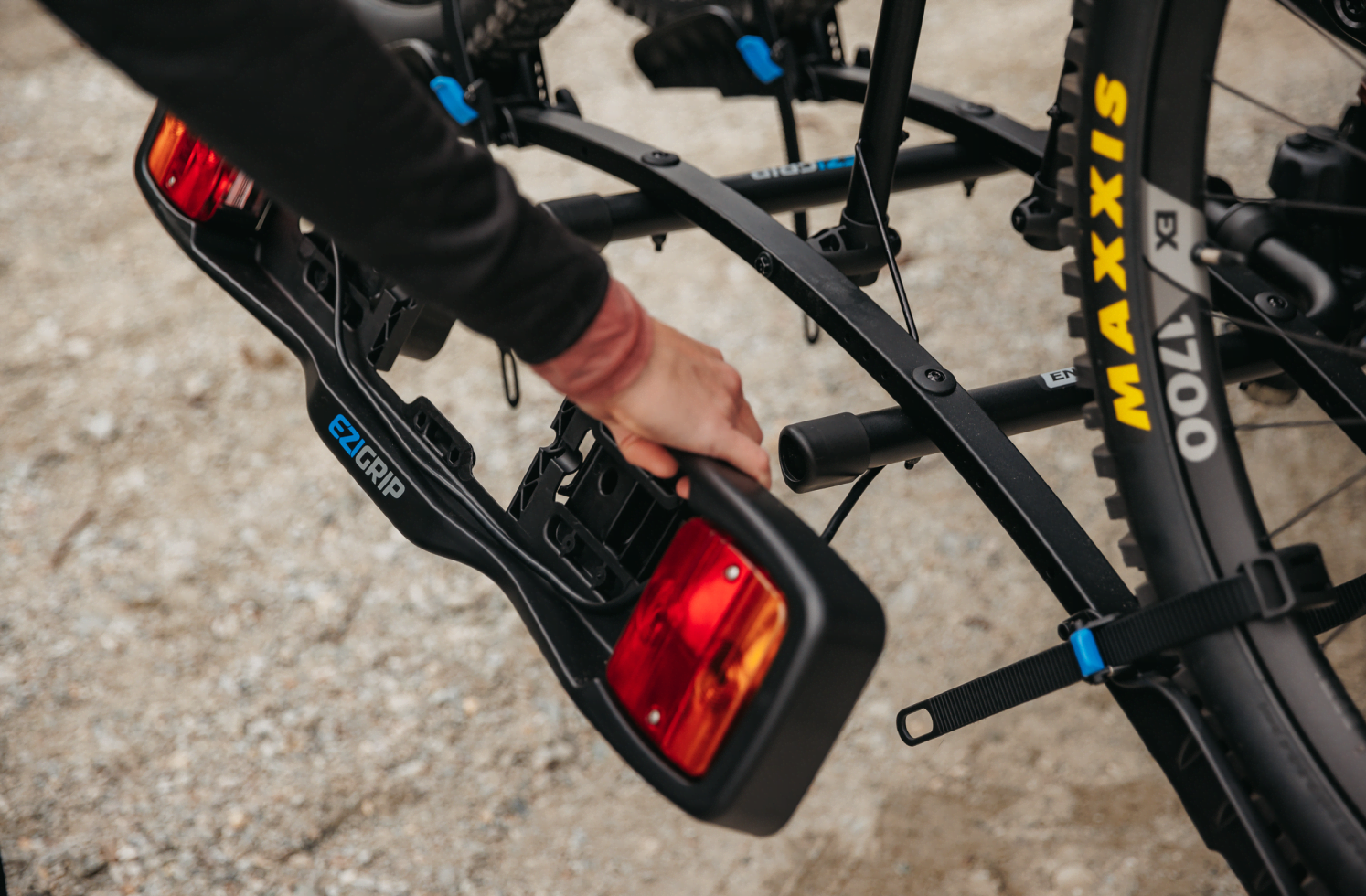 >
>
